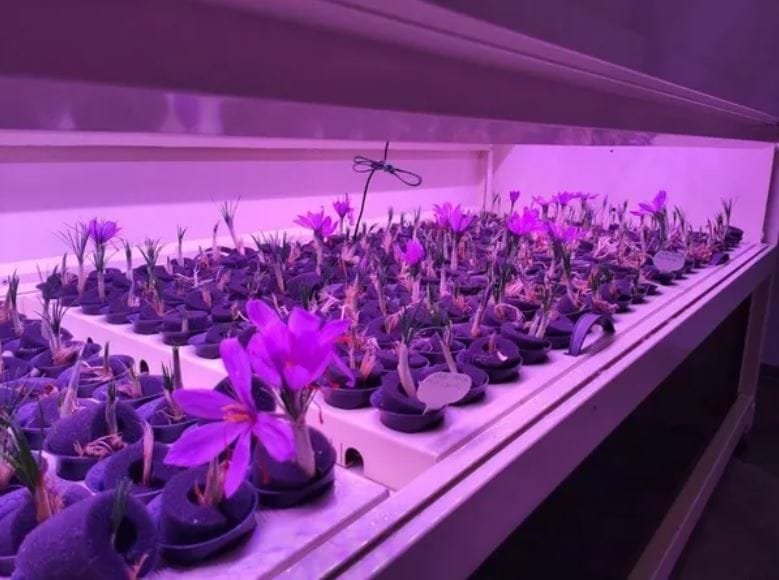 Saffron Production Decline: The Fall of Red Gold
Saffron Production Decline: The Fall of Red Gold
Saffron production: Saffron, often called the red gold of Iran, is facing a significant challenge in global markets. Iran remains the largest producer of saffron, with approximately 123,000 hectares of saffron fields in 2022. The country produces over 450 to 470 tons annually, with Razavi Khorasan province contributing the most. South Khorasan also plays a major role in saffron cultivation.
Despite this prominence, saffron production in Iran has been declining in recent years. According to the National Saffron Council, the average yield per hectare has dropped by 50%, from 6 kilograms to just 1.5 to 3 kilograms. Experts believe that reversing this troubling trend is possible by adopting better cultivation practices.
Temperature Stress and the Potential to Increase Saffron Yields
Experts warn that temperature stress is harming saffron production in Iran. If farmers do not follow proper cultivation guidelines, the situation will worsen. However, by implementing optimal agricultural techniques, the country could increase saffron yields to over 1,000 tons annually.
Challenges and Gaps in Saffron Farming Education
A major challenge facing saffron production is the lack of education for farmers. The Ministry of Jihad has not adequately taught farmers how to properly cultivate saffron. This oversight has exposed crops to temperature stress, severely affecting harvests. Farmers who did not follow proper planting depth or fertilization guidelines are seeing poor results. To address this, proper education and training are crucial to produce high-quality saffron.
Improving Saffron Yields with Better Practices
Many saffron farmers still rely on outdated cultivation methods. By adopting scientifically backed practices, Iran could significantly increase its saffron production. The nation has the potential to quadruple its output to at least 1,000 tons annually, provided farmers receive the necessary tools and training.
Increasing Saffron’s Market Reach and Export Potential
Currently, only 15% of Iran’s saffron production is consumed domestically. However, as global demand grows, particularly in international markets, there is great potential for increased exports. With a consistent 10% to 20% annual growth in production, Iran could increase saffron exports to over 600 tons per year.
Price Stability and Future Outlook
The saffron market is currently experiencing stable prices. Saffron strands are priced at around 65 million toman per kilogram, loose saffron at 87-88 million toman, and premium saffron at 102 million toman. Prices may fluctuate as the harvest season approaches, depending on market dynamics.
Efforts such as “cooperative buying” can help stabilize prices, ensuring essential liquidity for farmers and fair prices for consumers and exporters. This strategy will help maintain market balance and guarantee quality exports.
While Iran remains a dominant force in the global saffron market, the country faces challenges in improving farming practices and boosting exports. Overcoming these obstacles will ensure a promising future for this golden spice.
Growing International Demand for Iranian Saffron
Iranian saffron is in demand in over 70 countries, with approximately 80% of the annual harvest being exported. This demand is expected to rise, particularly with better marketing strategies and the resolution of export challenges faced by Iranian farmers.
The Road Ahead for Saffron Producers
In conclusion, the outlook for saffron production in Iran is positive, but the country must address key challenges. With better farming practices and an improved export strategy, saffron production can once again grow rapidly, benefiting farmers, exporters, and the global market.
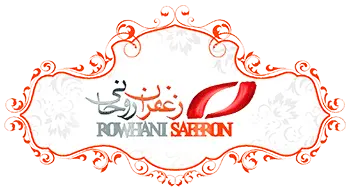
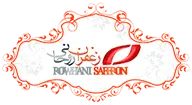
![Exporting Saffron to Turkey + Price Guide [Complete 0 to 100]](https://www.rowhanisaffron.com/wp-content/uploads/f1-372-500x383.jpg)
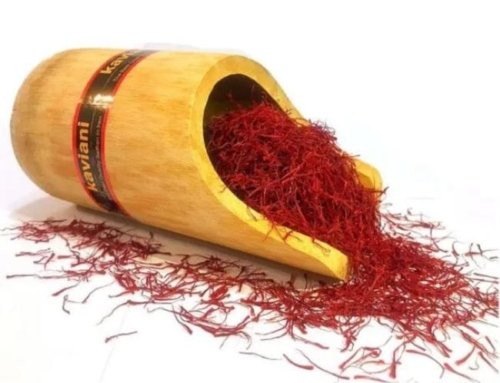

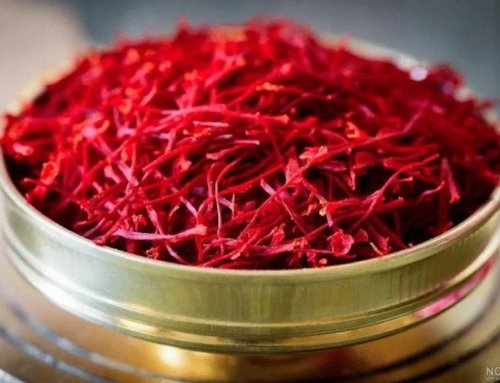
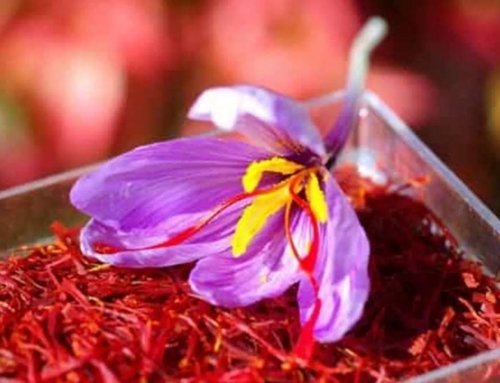
Get Social